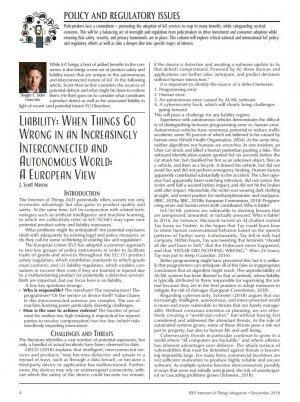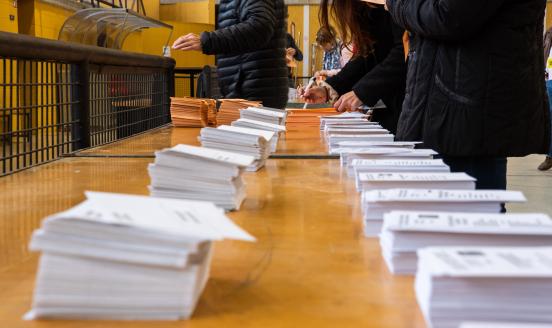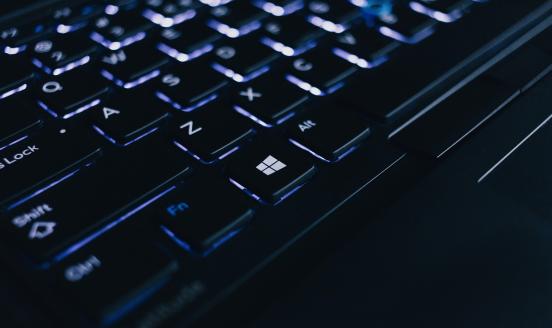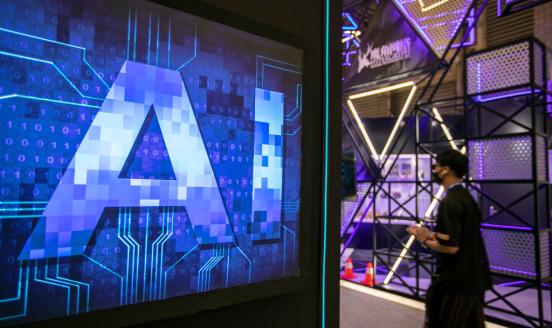Liability: When Things Go Wrong in an Increasingly Interconnected and Autonomous World: A European View
In the following article, Scott Marcus first considers the sources of potential defects and what might be done to redress them. He then goes on to con
The Internet of Things (IoT) potentially offers society not only economic advantage but also gains in product quality and safety. At the same time, IoT (in conjunction with related technologies such as artificial intelligence and machine learning, to which we collectively refer as IoT/AI/ML) may open new potential product safety and liability exposures.
What problems might be anticipated? Are potential exposures dealt with adequately by existing legal and policy measures, or do they call for some re-thinking of existing law and regulation? The European Union (EU) has adopted a common approach to two key groups of policy instruments in order to facilitate trade of goods and services throughout the EU: (1) product safety regulation, which establishes standards to which goods must conform; and (2) liability regulation, which enables consumers to recover their costs if they are harmed or injured due to a malfunctioning product (or potentially a defective service). Both are important, but our focus here is on liability.
A few key questions emerge:
Who is responsible? The merchant? The manufacturer? The programmer? Or the service or device itself? Value chains in this interconnected universe are complex. The use of machine learning poses particularly daunting challenges.
How is the user to achieve redress? The burden of proof must be neither too high (making it impractical or injured parties to receive compensation) nor too low (which risks needlessly impeding innovation).




